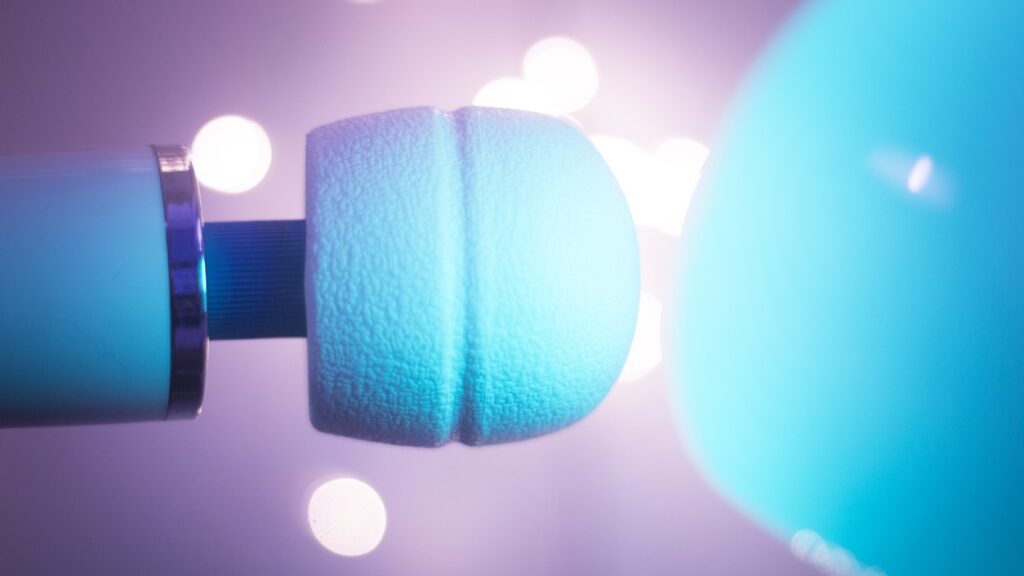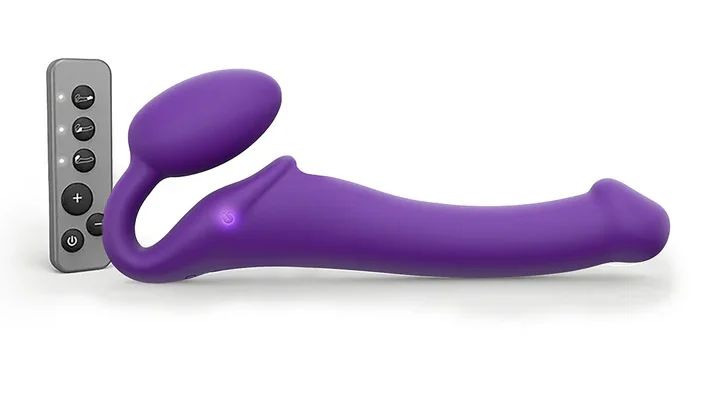Sex toys aren’t just for pleasure—studies suggest they can boost your health by enhancing blood flow, reducing pain, and strengthening pelvic floor muscles.
However, most research focuses on cisgender individuals, leaving trans and nonbinary experiences in the shadows.
A study published in Sexual and Relationship Therapy finally shifts the spotlight, exploring sex toy use in these overlooked groups. By understanding trans and nonbinary individuals’ relationships with sex toys, these findings hold promise for improving therapy and the sexual wellbeing of everyone.
Surveying sex toy use in trans and nonbinary folks
To unlock insights on this overlooked population, researchers recruited 115 Italian adults who identified as trans or nonbinary.

Participants shared their sex toy habits through an online questionnaire featuring both multiple-choice and open-ended questions.
First, participants were asked to give details on their sociodemographic background and sex toy use. Specifically, they provided information on whether they had used a sex toy before, usage in the last six months, partner involvement, and types of sex toys used.
Next, the open-ended questions asked participants to describe their personal experiences with sex toys. They covered three areas: what they liked about sex toys, what they didn’t like, and how they used them. These questions were optional to respect privacy and ensure participants felt comfortable responding.
Participant breakdown
The average age of participants was 28, ranging from 20 to 64 years. Regarding sex assigned at birth, 86% were assigned female, 13% were assigned male, and 1% identified as other.
As for sexual orientation, most identified as pansexual (28%), bisexual (23%), or queer (17%). Additionally, 10% identified as gay, 10% as heterosexual, 5% as asexual, 2% as fluid, and 6% as other.
Sex toy habits and popular products
The study revealed a high prevalence of sex toy use among participants, with many using a variety of devices.
Among the participants, 88% reported using sex toys, with 77% having used them in the past 6 months.
Using sex toys with a partner was also common, with 81% engaging in this coupled activity. Of them, 63% had done so in the last 6 months.
Used by 62 participants, the most popular devices were vibrating sex toys and external massagers (e.g. bullets, wands, and pinpoint vibrators). Strap-ons (48 participants), vaginal vibrators (45), and anal vibrators or plugs (44) were also commonly used. Other toys included dildos (38), air stimulators/clitoral suckers (29), penis masturbators (13) and cockrings (9).

Key insights from open-ended questions
The study identified three main themes in the open-ended questions: favorite sex toy characteristics and features, challenges and discomfort, and motivations for use.
Favorite sex toy characteristics and features
Participants valued attractive, comfortable designs that adapted well to their bodies.
“The perfect sex toy can be used on various parts of the body, on different bodies,” said a respondent.
Ease of use was also important, with a preference for practical, quick-to-set-up items. Customization options, such as interchangeable parts, were also favored.
In addition, participants preferred durable sex toys made with high-quality materials that are easy to clean. They also liked app-controlled/remote sex toys for long-distance relationships.
Participants appreciated devices that engaged the senses with warming and cooling sensations. They also enjoyed how sex toys intensified pleasure, including those that stimulate both partners.
Challenges and discomfort with sex toys
Participants experienced several issues with sex toys, including a lack of options designed for non-cisgender bodies.
Some even triggered gender dysphoria, a deep sense of distress stemming from a mismatch between one’s gender identity and assigned sex at birth. It can stir up feelings of shame, embarrassment, and a strong dislike of one’s genitals.

“The strap-on tends to give me dysphoria because it gives me the feeling of sex tools, prosthetics that lack physical sensations. It involves both mechanical and mental effort, and it’s not always enjoyable; at times, it seems to distance me from my partner,” said a participant.
Another shared their critique of large dildos: “They caused me pain and a bit of discomfort because they seemed to be a reiteration of the stereotype of the large penis meant to provide pleasure.”
Participants also raised concerns about cost and accessibility, noting that many products were too expensive or only available in the US.
Motivations for using sex toys
Participants shared many reasons for using sex toys, including to enhance intimate experiences, explore fantasies, and achieve novel sensations.
For some, sex toys affirmed their gender identity and desires. They also helped them learn about their pleasure preferences and reach orgasm faster.
By enabling users to embrace vulnerability, sex toys improved wellbeing and reduced gender dysphoria.
“When I’m with a partner, it is only through the use of toys that I can experience pleasure and alleviate the discomfort caused by genital dysphoria, which prevents direct touch.”
Designing for all

Sex toys can empower trans and nonbinary folks, but there’s a pressing need for more inclusive designs.
The study found sex toys were widely used among participants, with external vibrators and strap-ons being the top choices. Preferences were driven by aesthetics, functionality, size, customizability, and comfort.
Beyond pleasure, sex toys played, for some, a crucial role in easing dysphoria, shedding inhibitions, and affirming gender identity. Yet, inadequate access and selection hindered sexual experiences.
Researchers urge future studies focus on diverse gender identities and bodies to spur the creation of tailored sex toys.
It’s time for a revolution in sex toy design—where every body and identity finds its fit.



